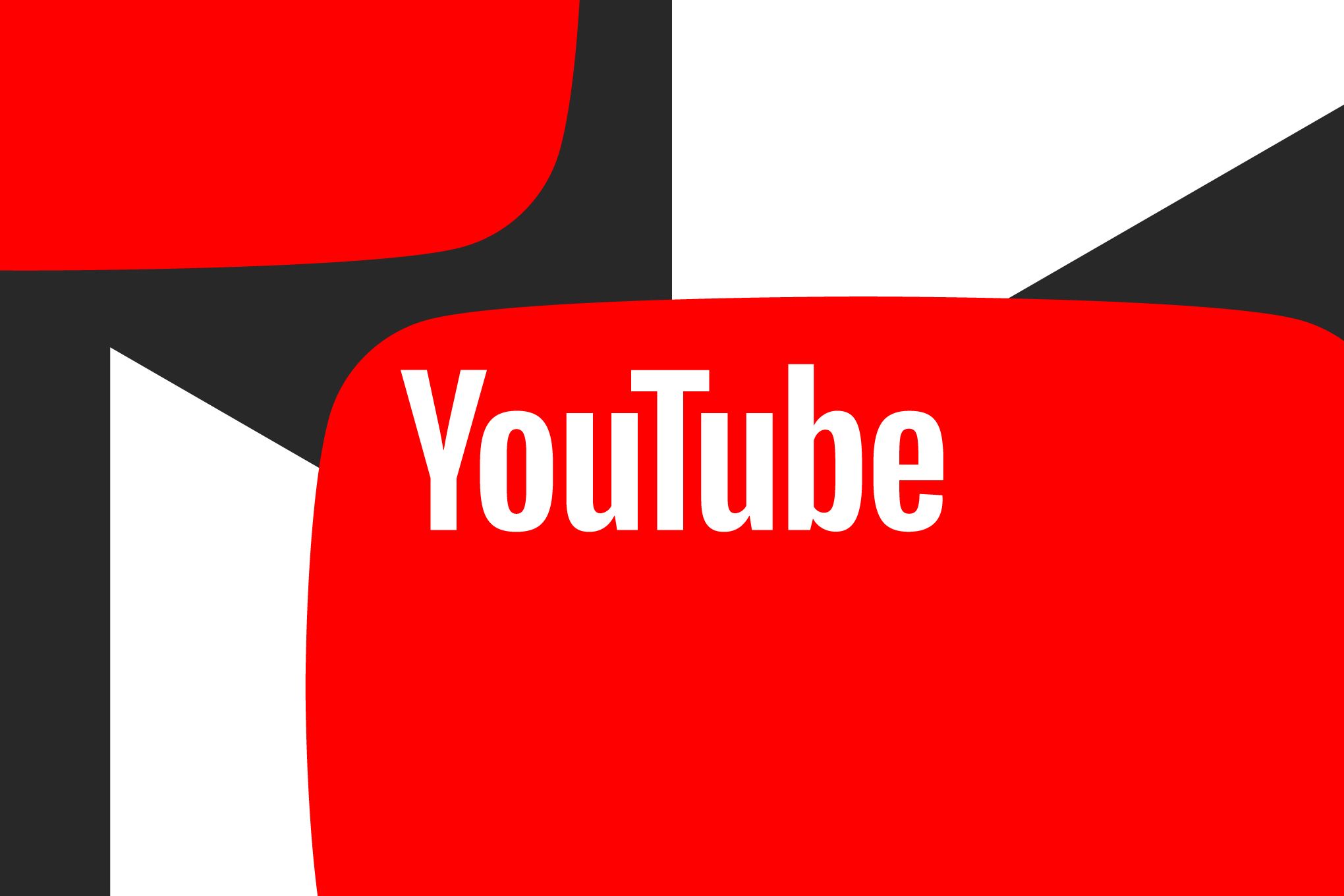YouTube just dropped a game-changing suite of commerce features at its Made On event that could fundamentally transform how creators monetize content and how viewers discover products. The platform's AI-powered product tagging and dynamic ad insertion capabilities signal Google's aggressive push to capture e-commerce dollars flowing to TikTok Shop and Instagram Shopping.
YouTube is making its biggest commerce play yet. The platform announced a comprehensive suite of AI-powered shopping features during its Made On event that could reshape the $104 billion creator economy and position Google's video platform as a serious competitor to TikTok Shop and Instagram's shopping ecosystem. The announcement comes as social commerce explodes, with platforms racing to capture the estimated $735 billion global social commerce market by 2028, according to Accenture research. YouTube's approach centers on AI automation - a strategic advantage given Google's deep machine learning capabilities. The most ambitious feature is AI product tagging, which will automatically identify and tag products mentioned in videos using computer vision, voice recognition, and creator input. "This represents a fundamental shift from manual tagging to intelligent content analysis," explains Sarah Chen, a digital commerce analyst at Forrester. "YouTube is leveraging Google's AI infrastructure to solve the discovery problem that has plagued video commerce." The feature starts rolling out to eligible US creators over the next year, with YouTube being selective about which channels get early access. The company hasn't disclosed the criteria, but industry sources suggest it will prioritize channels with strong engagement rates and existing brand partnerships. Dynamic brand segments represent another major monetization shift. Instead of creators being locked into permanent sponsored content, they can now swap out brand segments in existing videos. A tech reviewer who featured a laptop sponsor in January could replace that segment with a smartphone brand in June, breathing new life into evergreen content. "This solves the biggest problem in influencer marketing - content shelf life," says Marcus Rodriguez, VP of creator partnerships at talent agency CAA. "Creators can now turn their best-performing videos into recurring revenue streams." YouTube will start testing this feature in early 2025 before rolling it out broadly in 2026. The timeline suggests the company is taking a measured approach, likely learning from TikTok Shop's rocky US launch that faced creator backlash over aggressive commerce features. YouTube Shorts, the platform's TikTok competitor with over 70 billion daily views, is getting direct product links to brand websites. This feature begins testing later this year and launches broadly in 2026. The move directly challenges TikTok Shop's integrated checkout system, though YouTube is initially focusing on driving traffic to external sites rather than handling transactions directly. The exclusive merch feature for "top viewers" adds a premium layer to creator commerce, though YouTube remains vague on implementation details. The feature has been quietly testing since earlier this year, with select creators offering limited-edition products to their most engaged fans. Industry observers note YouTube's careful approach contrasts sharply with competitors. While TikTok Shop launched with aggressive promotional campaigns and heavy subsidies, YouTube is building commerce features gradually into its existing ecosystem. "YouTube is playing the long game," says Rebecca Park, senior analyst at eMarketer. "They're not disrupting their core viewing experience to chase quick commerce wins." The features arrive as creators increasingly diversify beyond ad revenue sharing. According to Creator Economy Report 2025, 73% of creators now generate income from multiple sources, with product partnerships and affiliate marketing growing 45% year-over-year. For brands, YouTube's AI tagging could solve attribution challenges that have plagued influencer marketing. Currently, brands struggle to track which specific product mentions drive sales. Automated tagging with direct links creates clearer conversion paths and better ROI measurement. The rollout timeline - most features launching in 2026 - suggests YouTube is prioritizing technical refinement over speed to market. Given Google's track record with commerce features, this measured approach seems wise. Previous attempts like Google Shopping ads within YouTube required significant iteration before gaining traction.











